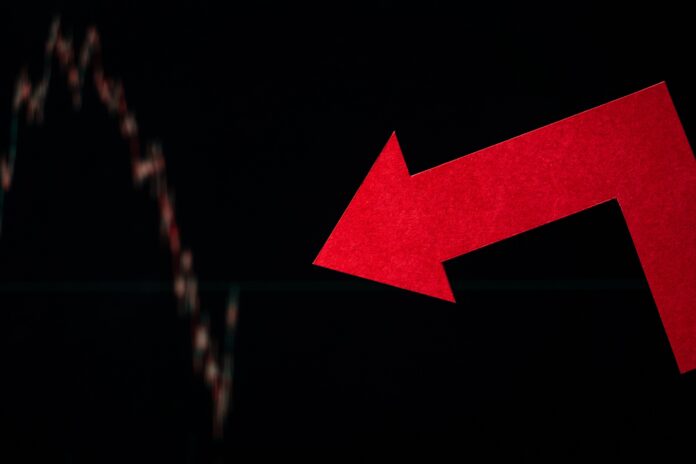According to a new Dell’Oro report, RAN is declining at its fastest pace in seven years
A new report from Dell’Oro Group shows that the Radio Access Network (RAN) market has moved past its rapid expansion phase from 2017 to 2021, and is now declining at its fastest pace in seven years. As a result, the firm expects global RAN revenues to decline in 2023. However, the short-term outlook has been revised upward in the APAC region — excluding China — and downward in the North American region.
In 2022 and 1Q23, RAN revenues stabilized, but now Dell’Oro claimes market conditions worsened in the second quarter of 2023—and that while a decline was expected, the “magnitude of the reversal was much steeper than anticipated.”
“It is tempting to point the finger at data traffic patterns, 5G monetization challenges, and the odds stacked against an economy struggling with persistent levels of elevated inflation,” said Stefan Pongratz, vice president at Dell’Oro Group. “Although these are, of course, important factors, we attribute the poor performance in the quarter to the clouds forming in North America. Alongside challenging 5G comparisons, the decline was amplified by the extra inventory accumulated over the past couple of years to mitigate supply chain risks,” Pongratz continued.
The Dell’Oro 2Q 2023 RAN report also revealed that the top five RAN suppliers for 1H23 were Huawei, Ericsson, Nokia, ZTE and Samsung. Notably, Huawei’s quarterly RAN revenue share outside of North America was as large as Ericsson and Nokia combined, reaching the highest level in three years. Nokia’s market shares are also trending upwards, according to Dell’Oro. On the other hand, Ericsson and Samsung’s RAN revenue shares declined between 2022 and 1H23.
In March, Dell’Oro reported that when it comes to O-RAN and vRAN, revenue growth in Q1 was in the 10-20% range and 20-30% range, respectively, and that O-RAN is still projected to account for 6-10% of the global RAN market in 2023.

